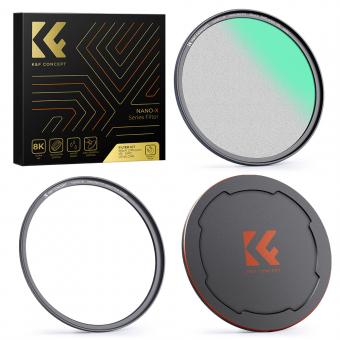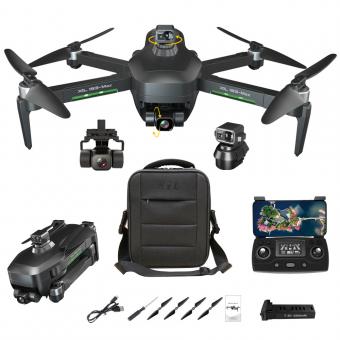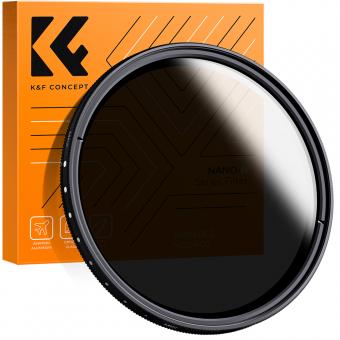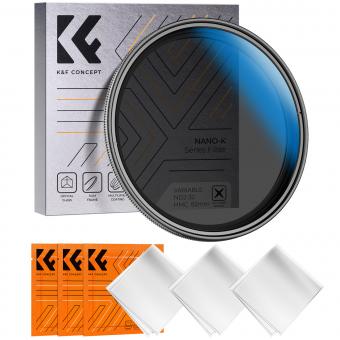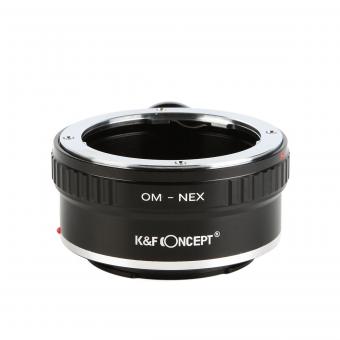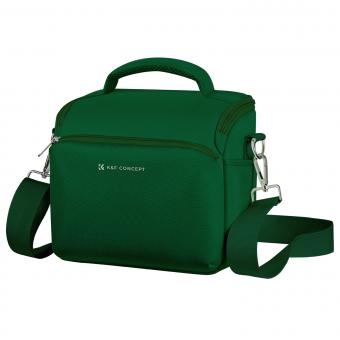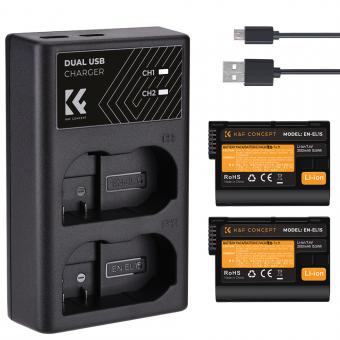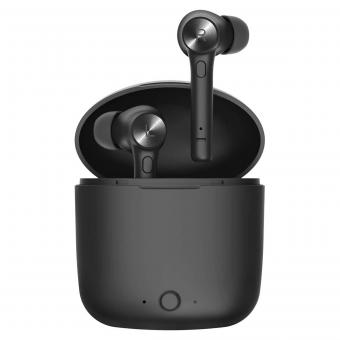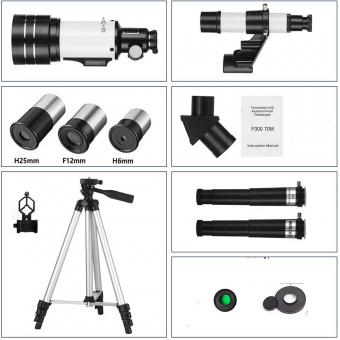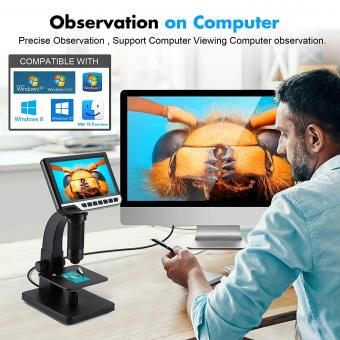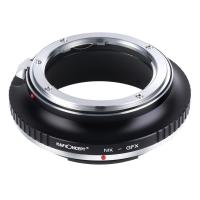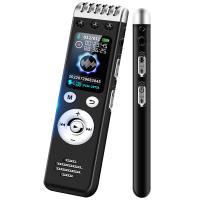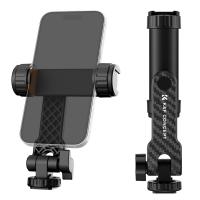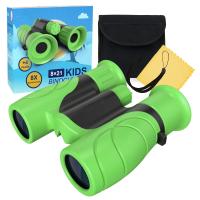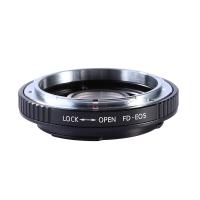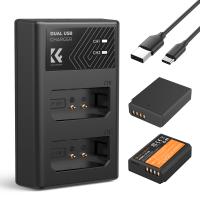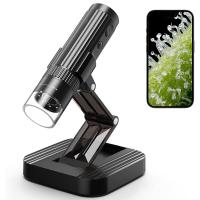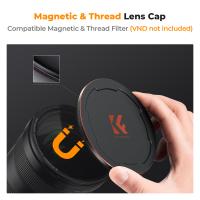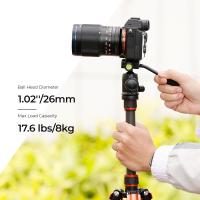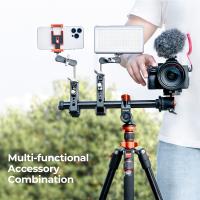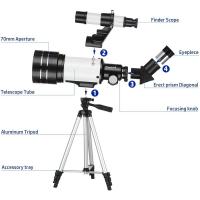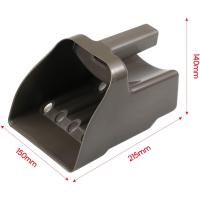What Is Spotting Scope ?
A spotting scope is a portable, high-magnification telescope used for observing distant objects. It is commonly used in activities such as birdwatching, hunting, and target shooting. Spotting scopes are designed to provide a clear and detailed view of objects that are far away, allowing users to see fine details that may not be visible with the naked eye. They typically have a higher magnification power than binoculars and are often mounted on a tripod for stability. Spotting scopes are equipped with various features such as adjustable eyepieces, zoom capabilities, and lens coatings to enhance image quality. They are commonly used by outdoor enthusiasts, nature lovers, and professionals who require a portable and powerful optical instrument for long-range observation.
1、 Definition and Function of a Spotting Scope
A spotting scope is a portable and powerful optical device used for observing distant objects or targets. It is essentially a small telescope designed for terrestrial viewing, often used by birdwatchers, hunters, and nature enthusiasts.
Spotting scopes are similar to binoculars but offer higher magnification and better image quality. They typically have a larger objective lens diameter, ranging from 50mm to 100mm, which allows more light to enter and results in brighter and clearer images. The magnification power of a spotting scope can vary, but it is commonly between 20x and 60x, although some models can go even higher.
The main function of a spotting scope is to provide detailed and magnified views of distant objects. This makes it ideal for activities such as birdwatching, wildlife observation, and target shooting. Spotting scopes are also commonly used in astronomy for observing celestial objects.
In recent years, spotting scopes have seen advancements in technology, such as the integration of digital cameras and smartphone adapters. These features allow users to capture photos and videos of the observed objects, making it easier to document and share their findings.
Overall, a spotting scope is a versatile tool that provides a closer look at distant objects, allowing users to observe and appreciate the details that may not be visible to the naked eye.
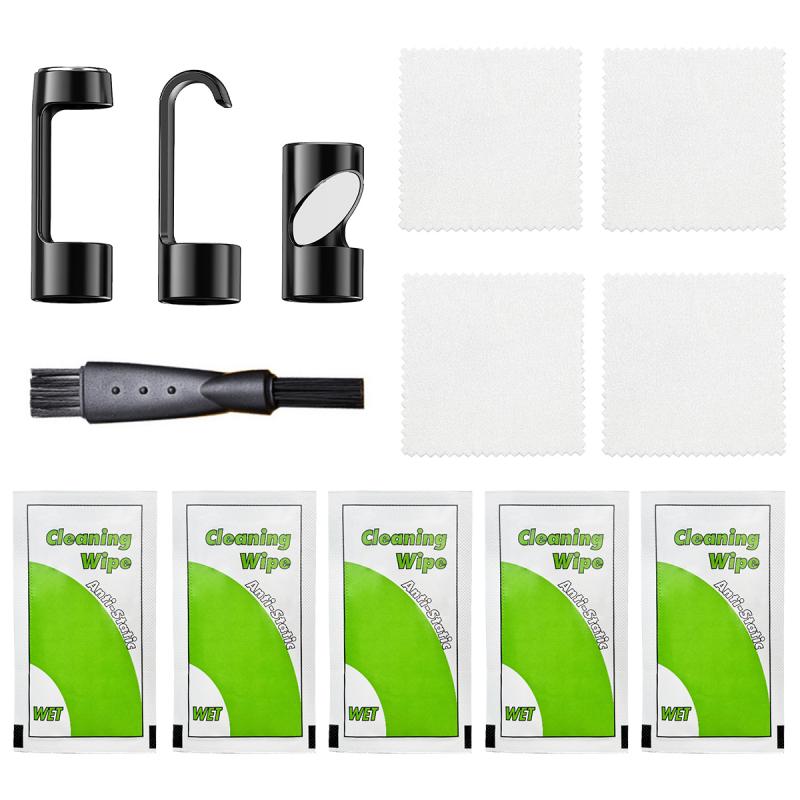
2、 Optical Features and Magnification Power of Spotting Scopes
A spotting scope is a portable and powerful optical device used for observing distant objects or targets. It is essentially a small telescope designed for terrestrial viewing, often used by birdwatchers, hunters, and nature enthusiasts. Spotting scopes are also commonly used in various outdoor activities such as wildlife observation, surveillance, and target shooting.
The optical features of a spotting scope are crucial in determining its performance and image quality. These features include the objective lens diameter, eyepiece design, lens coatings, and prism type. The objective lens diameter determines the amount of light that enters the scope, affecting the brightness and clarity of the image. A larger objective lens diameter allows for better light transmission and improved low-light performance.
The magnification power of a spotting scope refers to how much closer the observed object appears compared to the naked eye. Spotting scopes typically have variable magnification, allowing users to zoom in and out to get a closer look at the target. The magnification power is usually denoted by two numbers, such as 20-60x, indicating a range of magnification options.
In recent years, spotting scopes have seen advancements in technology, leading to improved image quality and convenience. Many spotting scopes now feature high-quality lens coatings, such as anti-reflective coatings, which reduce glare and enhance light transmission. Some models also incorporate image stabilization technology, reducing image shake and providing a steadier view, especially at higher magnifications.
Additionally, spotting scopes are becoming more compact and lightweight, making them easier to carry and transport. This is particularly beneficial for outdoor enthusiasts who need to hike or travel long distances with their equipment.
In conclusion, a spotting scope is a versatile optical device that offers powerful magnification and high-quality image viewing. With advancements in technology, spotting scopes continue to evolve, providing users with enhanced optical features and improved convenience for their outdoor activities.
3、 Types of Spotting Scopes: Straight vs. Angled
A spotting scope is a portable optical device used for observing distant objects or targets. It is commonly used by birdwatchers, hunters, and nature enthusiasts to get a closer and clearer view of their subjects. Spotting scopes are similar to telescopes but are designed for terrestrial use.
Types of Spotting Scopes: Straight vs. Angled
Spotting scopes come in two main types: straight and angled. The main difference between the two lies in the design of the eyepiece and the body.
1. Straight Spotting Scopes: As the name suggests, these scopes have a straight body design, meaning the eyepiece is aligned with the barrel. This design allows for quick and easy target acquisition, especially when the subject is at eye level. Straight scopes are also preferred for viewing subjects from a vehicle or when using a window mount.
2. Angled Spotting Scopes: Angled scopes have an eyepiece that is set at a 45-degree angle to the barrel. This design offers more comfortable viewing, especially when the subject is above or below eye level. Angled scopes are also preferred for group viewing, as they allow multiple observers to view the subject simultaneously without adjusting the height of the tripod.
The choice between straight and angled spotting scopes ultimately depends on personal preference and the intended use. Some birdwatchers and hunters prefer straight scopes for their simplicity and ease of use, while others find angled scopes more versatile and comfortable for extended periods of observation.
In recent years, there has been a growing trend towards angled spotting scopes due to their flexibility and convenience. The angled design allows for easier sharing of the scope among multiple users, as each person can adjust the eyepiece to their preferred height without disrupting others. Additionally, angled scopes are often more ergonomic, reducing strain on the neck and back during prolonged use.
In conclusion, both straight and angled spotting scopes have their advantages and are suitable for different situations. It is important to consider personal preferences, intended use, and the comfort of multiple users when choosing between the two types.
4、 Considerations for Choosing a Spotting Scope: Size, Weight, and Durability
A spotting scope is a portable optical device used for observing distant objects or targets. It is similar to a telescope but is designed specifically for terrestrial viewing. Spotting scopes are commonly used by birdwatchers, hunters, and nature enthusiasts to get a closer look at wildlife or to observe details in the landscape.
When considering a spotting scope, there are several important factors to take into account. One of the primary considerations is the size and weight of the scope. A compact and lightweight spotting scope is ideal for those who plan to carry it on hikes or trips where portability is important. On the other hand, larger and heavier scopes may offer better image quality and stability but can be more cumbersome to transport.
Durability is another crucial factor to consider. Spotting scopes are often used in outdoor environments, so they need to be able to withstand various weather conditions and rough handling. Look for scopes that are waterproof, fog-proof, and have a sturdy construction to ensure they can withstand the elements.
Additionally, it is important to consider the latest advancements in spotting scope technology. Many modern scopes now come with features such as image stabilization, high-definition optics, and smartphone compatibility. These advancements can greatly enhance the viewing experience and make it easier to capture and share images or videos.
In conclusion, when choosing a spotting scope, it is important to consider factors such as size, weight, and durability. Additionally, staying up to date with the latest advancements in spotting scope technology can help ensure you make an informed decision and get the most out of your viewing experience.


